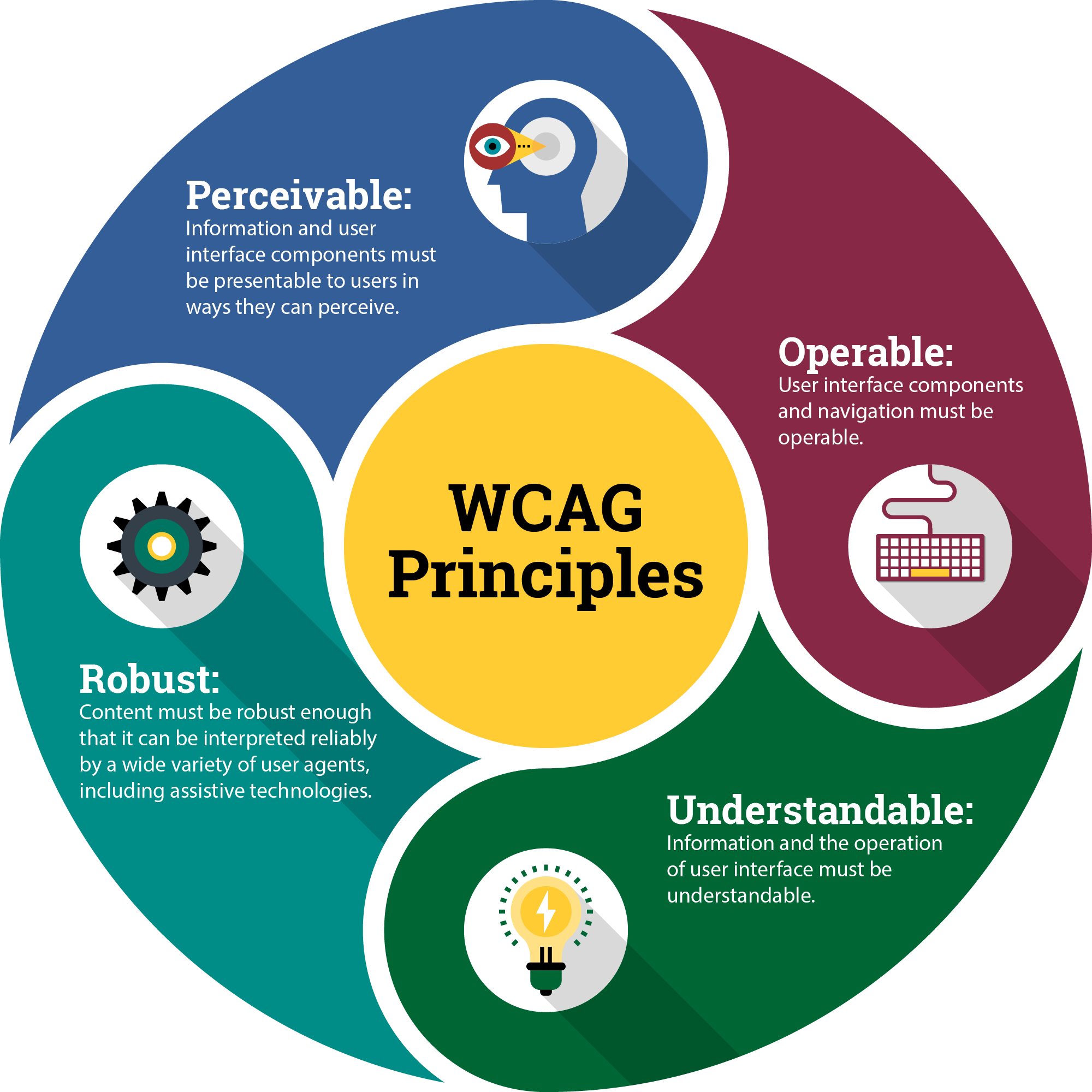Meeting the ADA Title II Digital Accessibility Requirements
Digital Content Accessibility Action Plan

Digital Content Accessibility Action Plan

ADA Title II now requires all state and local government entities, including George Mason, to ensure their websites and mobile apps meet the Web Content Accessibility Guidelines (WCAG) 2.1 AA opens a new window by April 24, 2026. WCAG is a set of guidelines developed by the World Wide Web Consortium (W3C) through the Web Accessibility Initiative (WAI). It provides a set of recommendations and standards to make web content more accessible to people with disabilities, including those with visual, auditory, physical, speech, cognitive, language, learning, and neurological impairments.
ADA Title II explicitly adopts these guidelines and outlines the scope of compliance for public entities, including websites, digital platforms, documents, audio/video content, and third-party applications. To ensure Mason meets these standards by the above-mentioned deadline, the Assistive Technology Initiative (ATI) has developed the Digital Content Accessibility Action Plan (DCAAP).

The DCAAP provides a structured approach aimed at helping units achieve digital accessibility compliance by Fall 2026. It focuses on digital content (i.e. websites, documents, audio/video content, and supplemental apps) hosted on public-facing websites and in Mason courses. It is divided into five phases, each focusing on different aspects of the digital accessibility remediation process: auditing and assessment, targeted training and consultation, remediation planning, remediation, and ongoing monitoring. ATI staff will support units at every phase of this effort, ensuring a smooth and successful transition toward compliance with the updated ADA Title II standards.
See below for more details:
Units will identify/assign key personnel responsible for ensuring digital access and perform an initial review of existing digital resources (documents, websites, audio/video, and supplemental applications) to identify accessibility issues. This includes ensuring existing websites are added to DubBot, assessing the accessibility of public-facing documents and videos, and identifying supplement apps used in their courses and/or respective offices.
ATI will provided targeted training and consultation meetings for faculty, staff, and/or units responsible for the creation and maintenance of digital content.
Units will develop action plans for remediating existing inaccessible content. This may involve fixing the issues in-house or sending content to the ATI for remediation.
Units will partner with ATI and key strategic partners to ensure inaccessible content meets WCAG 2.1 AA guidelines.
Units will establish ongoing processes to ensure that all new and updated digital content adheres to accessibility standards, using tools like Microsoft 365, Panorama, DubBOT, etc.